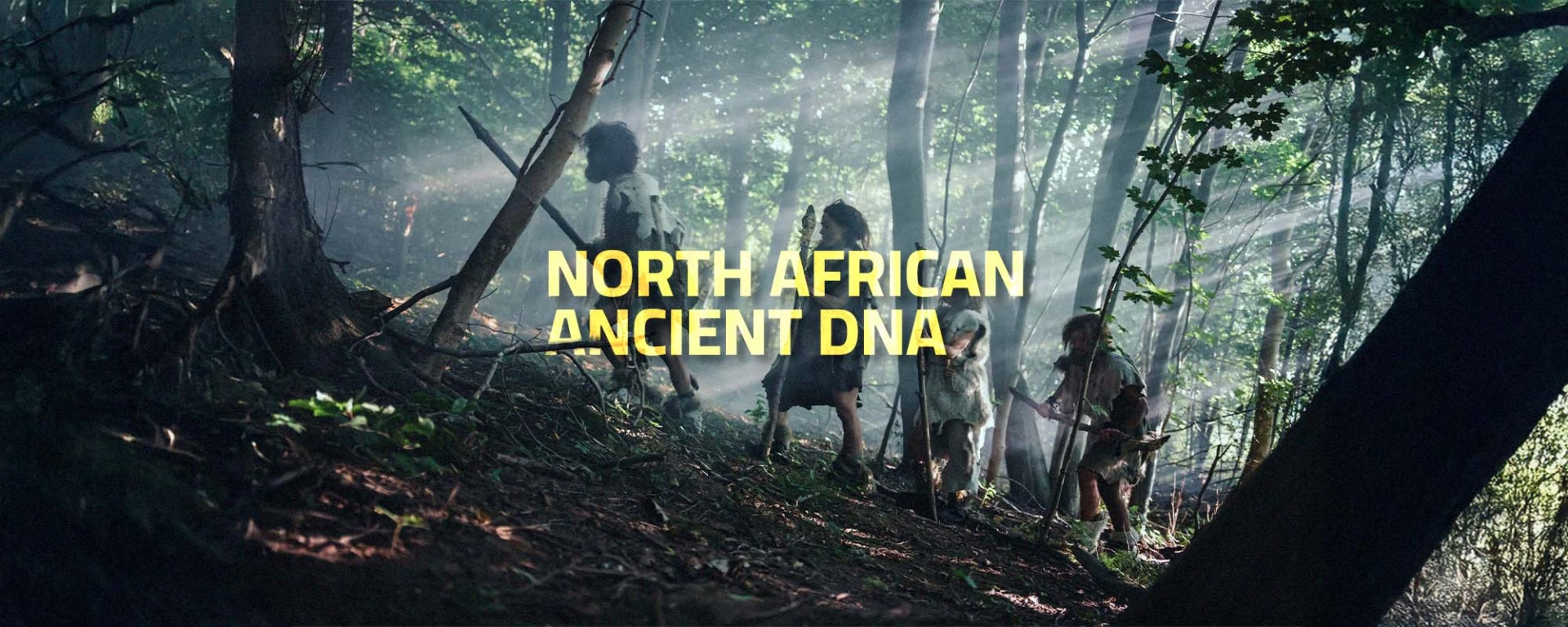Imagine a time when the vast, arid Sahara was teeming with life—lush grasslands, rivers flowing through valleys, and human communities herding livestock across a green savanna. This isn’t fiction, but a glimpse into the African Humid Period, a climatic window between 14,500 and 5,000 years ago that transformed the Sahara into a fertile cradle of early civilization. Now, a new study published in Nature has unlocked part of the genetic story hidden beneath that ancient landscape.
In a groundbreaking effort, researchers extracted and analyzed ancient DNA from two female individuals buried some 7,000 years ago in the Takarkori rock shelter, deep in the Libyan Sahara. These remains, remarkably well-preserved given the region’s harsh conditions, offer the first high-resolution genetic glimpse into a little-known population that once thrived in the heart of a now-hostile desert.
What the scientists found was extraordinary. The genomes revealed a completely distinct North African lineage—one that branched off from sub-Saharan African ancestors at roughly the same time that modern humans began dispersing beyond the continent. This lineage remained isolated for millennia, suggesting that the Saharan communities it belonged to were genetically separate from both their sub-Saharan and Eurasian contemporaries.
Even more intriguing is their connection to the 15,000-year-old individuals from Taforalt Cave in Morocco, part of the Iberomaurusian culture. Despite the thousand-year gap and geographic distance, the Takarkori individuals share deep genetic ties with these earlier foragers, reinforcing the idea that this ancient North African ancestry may have been widespread across the region long before farming or herding took root.
Interestingly, this population carried a surprising signature of Neanderthal DNA—not as much as early Near Eastern farmers, but significantly more than today’s sub-Saharan populations. This raises questions about ancient contact with non-African groups, even in a lineage so regionally rooted and isolated.
What’s particularly fascinating is how pastoralism—the practice of animal herding—likely reached this group. Rather than arriving with migrating populations, it seems to have spread via cultural diffusion, with the Takarkori people adopting new practices while remaining genetically distinct.
This study is more than just an archaeological curiosity. It reshapes how we view prehistoric Africa—not as a blank canvas waiting for farmers from Europe or the Near East, but as a complex landscape where ancient, deeply divergent populations played an active role in shaping human history. In tracing the DNA of these long-lost individuals, scientists are giving voice to a forgotten chapter of humanity—one buried under the sands of the Sahara, now finally speaking across millennia.

